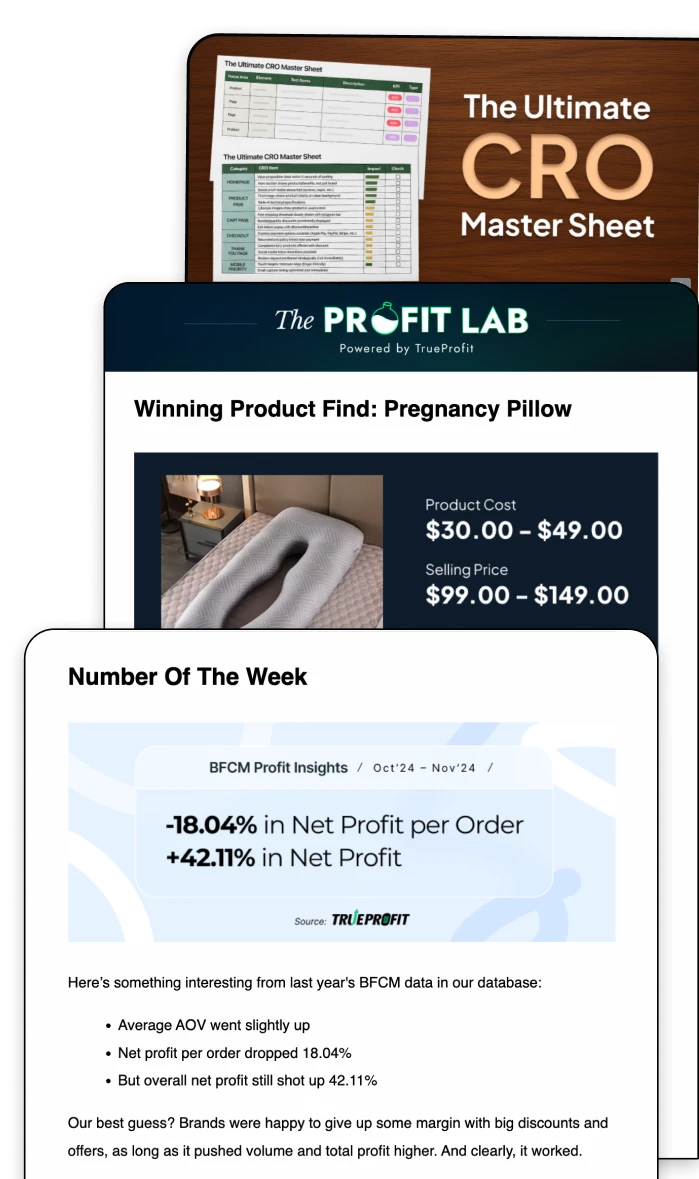6 Tactics to Increase Average Order Value (AOV) + Examples
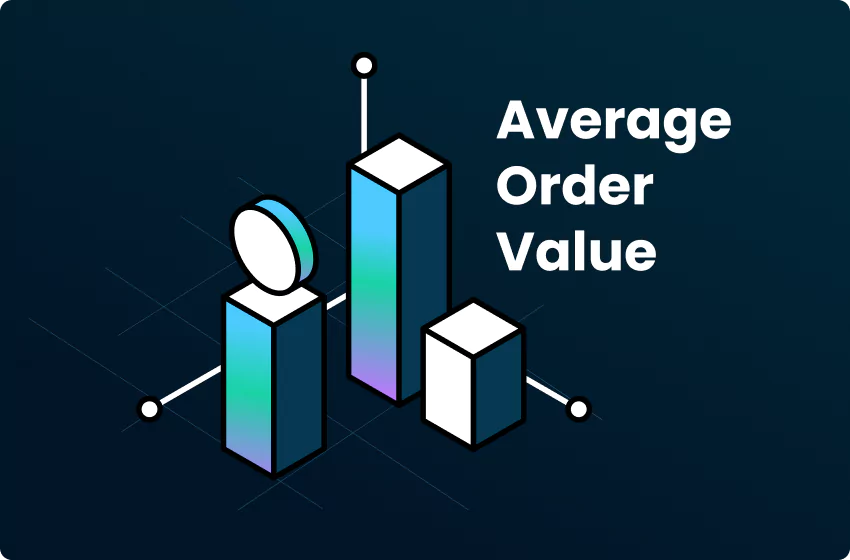
Did you know that the cost to retain an existing customer and upsell them is 6x more affordable than acquiring a new customer? In 2025, rising customer acquisition costs and fierce competition mean that boosting your Average Order Value (AOV) is more crucial than ever. Increasing AOV lets you earn more from each customer without additional spending on ads.
In this guide, we'll share six proven tactics to boost AOV: focusing on upselling, product recommendations, bundling, free shipping thresholds, quantity discounts, and loyalty programs. With that, you can maximize profits and drive sustainable growth.
Without further ado, let's dive right in!
What Is Average Order Value (AOV) & Why Is It Important?
Average Order Value (AOV) is the average amount your customers spend each time they place an order. It’s calculated by dividing your total revenue by the number of orders over a specific period.
Average Order Value Formula:
Why does AOV matter in E-commerce?
For any eCommerce business, there are two main ways to drive profit:
- Increase Traffic: More visitors via ads or SEO mean more sales, but this can be costly.
- Boost Average Order Value (AOV): This is the average amount each customer spends per order.
Many store owners overlook AOV and focus solely on driving traffic—spending a fortune on ads in the hope of high sales volumes. However, when customer acquisition costs rise, especially in today’s competitive market, increasing AOV becomes critical. A higher AOV means you earn more profit per customer, reducing the need to continuously acquire new customers.
In 2025, with rising competition in eCommerce and dropshipping, focusing on AOV is key to maintaining profitability without burning through your marketing budget.
How to Increase Average Order Value (AOV)?
There are countless ways you can try to improve your AOV. However, from our experience, most merchants succeed in supercharging their average order value through these six tried-and-true tactics:
- Upselling and cross-selling
- Product recommendations
- Bundle
- Free shipping
- Quantity discount
- Customer loyalty program (Check out Akohub)
Let's explore the details of each tactic!
1. Upselling & Cross Selling
Upselling and cross-selling are powerful tactics that boost AOV by encouraging customers to add more value to their orders through personalized recommendations.
- Upselling: Persuade customers to choose a higher-end or upgraded version of a product.
- Cross-Selling: Suggest complementary products that pair well with the item they’re buying.
These techniques can appear as recommendations on product pages, pop-ups when items are added to the cart, or even after purchase.


For example, a pop-up might offer a bigger set of matches (upsell), while also suggesting a lighter (cross-sell) that naturally complements the purchase. The key is to ensure that the recommended products are relevant and add real value—think of items that customers frequently buy together, like a mouse with a mouse pad.
To implement these strategies effectively, BOGOS serves as a powerful Shopify upsell app that automates smart product recommendations through customizable widgets and dynamic popups across your entire customer journey.
By implementing effective upselling and cross-selling strategies, you can significantly increase your average order value and drive higher profits.

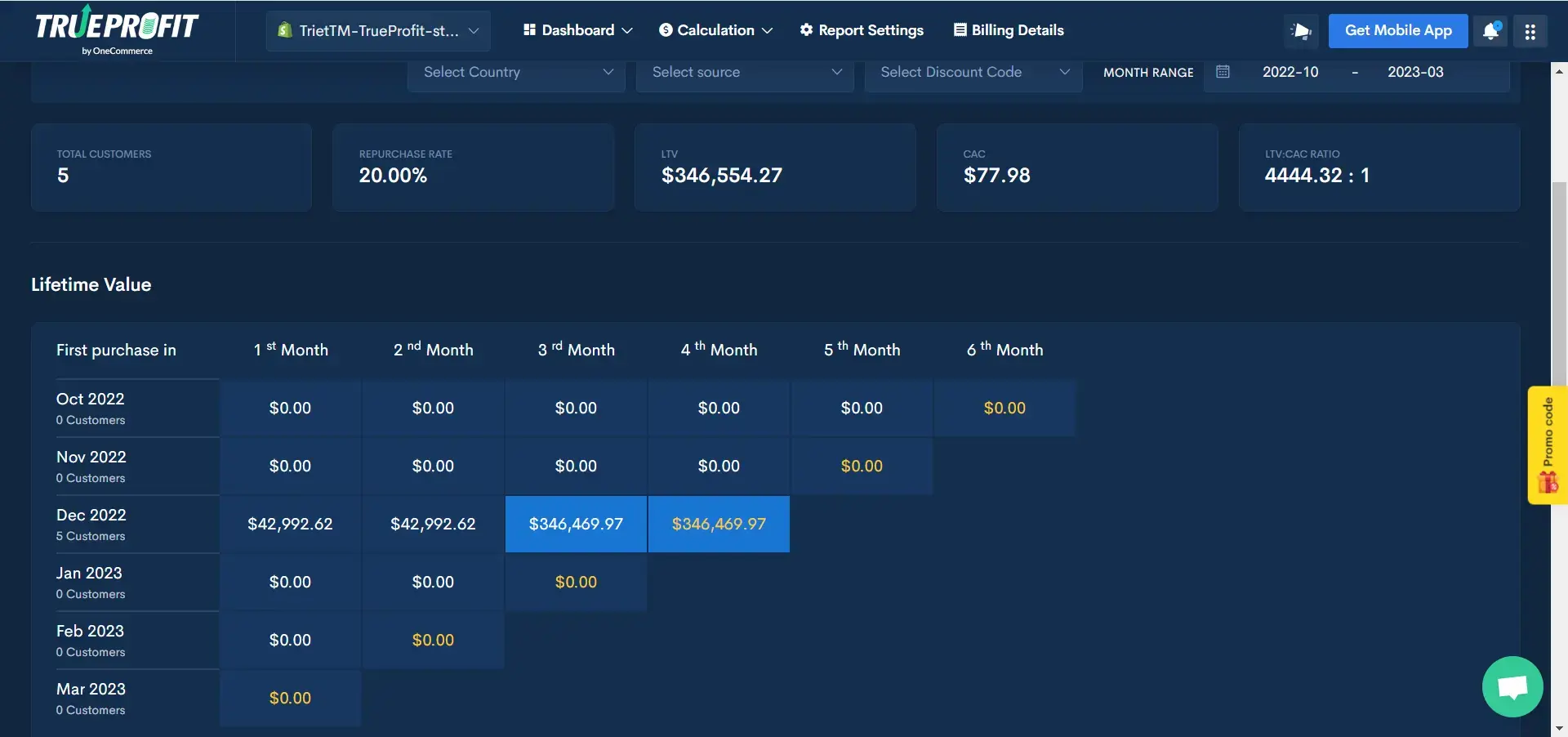
2. Product Recommendations
Product recommendations are a timeless tactic that drives additional sales by encouraging customers to explore related items. When shoppers focus on one product, they might miss out on complementary items that enhance their purchase. By integrating relevant, dynamic recommendations, you can guide visitors to discover more products, boosting your average order value.


For instance, Sephora effectively displays related products on the checkout page, complete with images and prices, which motivates customers to add extra items to their carts.
3. Bundles
Product bundling is a proven strategy to increase AOV by offering customers a convenient, cost-saving package. By grouping complementary items—such as a first aid kit or a themed mug set—you create an all-in-one solution that adds value while encouraging larger purchases.
There are two effective ways to present bundles:
- Dedicated Bundle Pages – Brands like Soundtoys offer a separate product page for their Soundtoys 5, which combines 5 individual items into a compelling package.

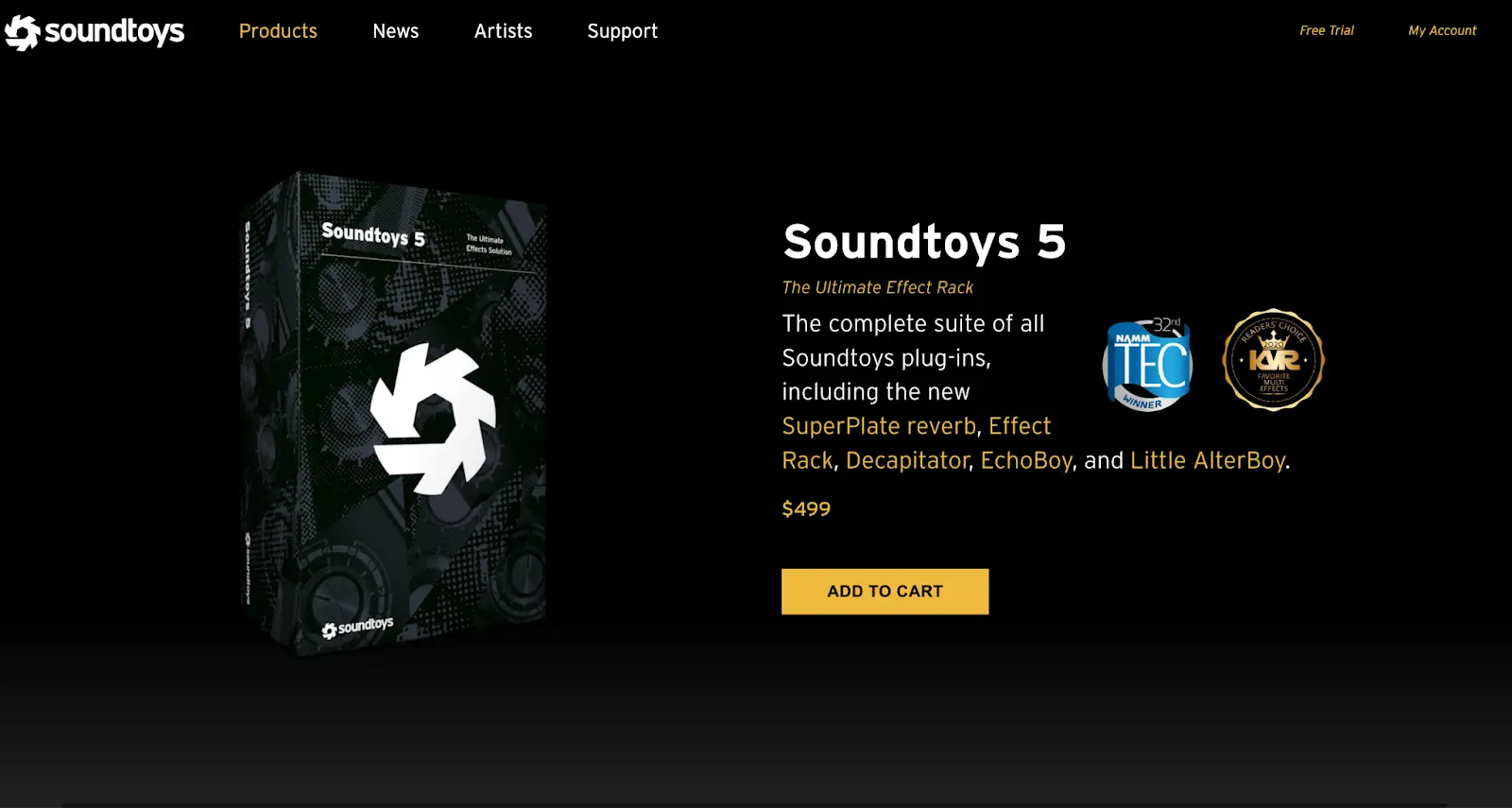
2. On-Page Bundles – Anastasia seamlessly integrates bundles beneath product descriptions, making it easy for shoppers to add more to their cart. Highlighting the total savings can further incentivize purchases.


4. Free Shipping / Discount Thresholds
Unexpected shipping costs often deter shoppers at checkout, making free shipping one of the most effective ways to increase AOV. Set a spend threshold slightly above your current AOV—for example, if your AOV is $35, offer free shipping at $40. Brands like Victoria’s Secret successfully use this tactic to encourage larger purchases.

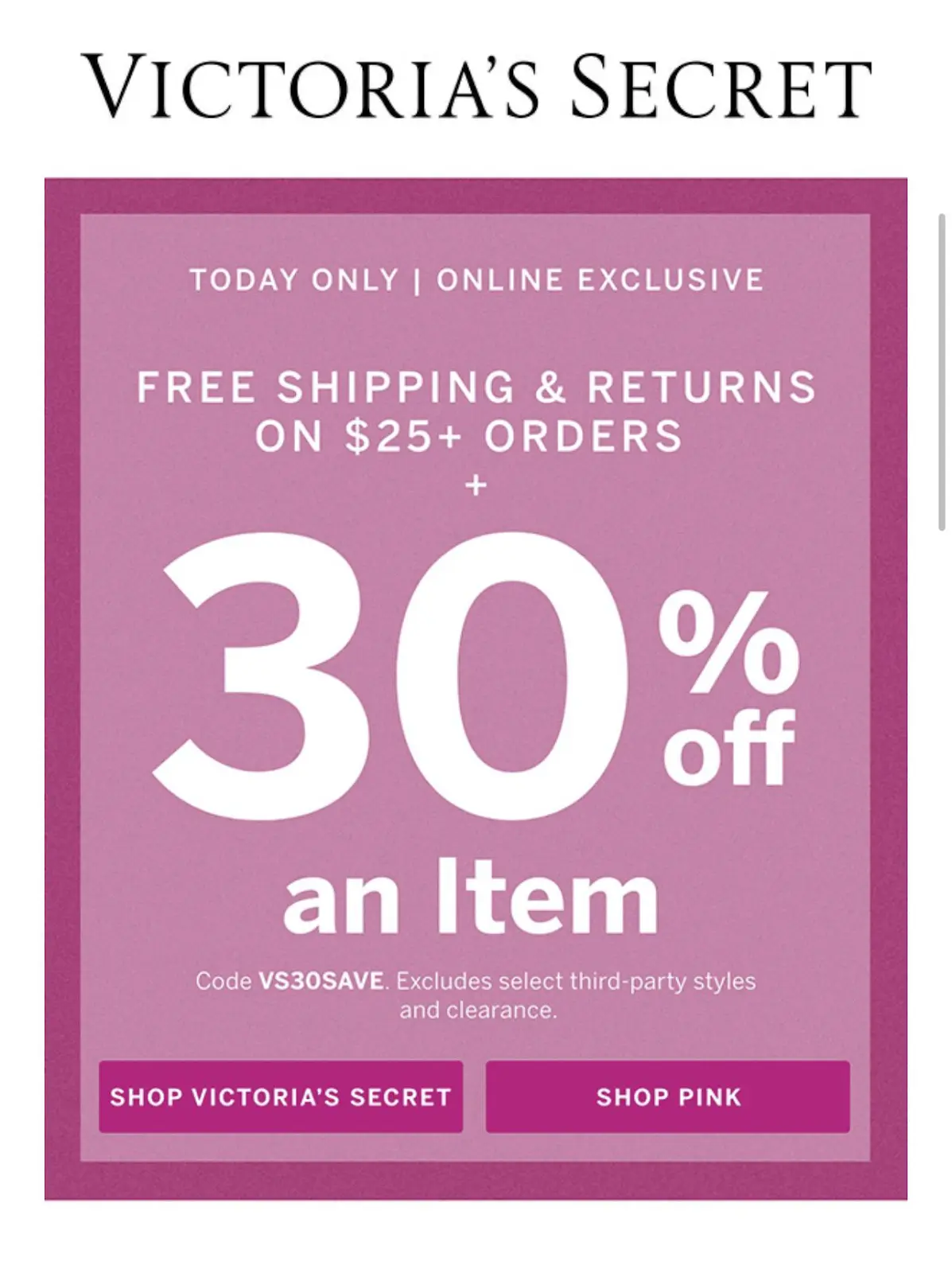
Beyond free shipping, discount incentives also work:
- “Spend $50 and get 15% off”
- “Only $12 more to save 10%”
- “Get a free gift on orders over $60”
To maximize conversions, display these offers prominently with pop-ups or promotion bars throughout the shopping experience. Just ensure the threshold feels achievable—setting it too high may discourage purchases.
5. Quantity discount (Buy more, save more)
A volume discount strategy incentivizes customers to buy in bulk by offering tiered pricing—the more they buy, the more they save. Unlike other AOV tactics that focus on order value, this approach maximizes the number of items sold while increasing overall revenue. Check out this example from Sketcher.


6. Customer Loyalty Program
A customer loyalty program may not immediately increase AOV, but it plays a crucial role in boosting lifetime value (LTV) and driving repeat purchases. By rewarding customers with points, exclusive perks, or discounts, you create an engaging shopping experience that keeps them coming back—and spending more over time.
Some customer loyalty tactics you can try:
- Points-based system: Reward customers with points for purchases, referrals, or social engagement.
- Tiered memberships: Offer VIP perks for high-spending customers (e.g., early access, free shipping).
- Exclusive discounts: Let members redeem points for discounts, free gifts, or cashback offers.
All in all, if you're fed up with pouring more and more money into paid ads, it's now the time to focus more on improving your average order value. And we hope after reading this article, you can know how to increase this vital metric on your own!
While doing these 6 tactics can improve your revenue, it's important for you to also track your profit. Revenue means nothing if your net profit isn’t growing. TrueProfit gives you real-time, accurate insights into your true earnings so you can optimize profit margins, cut unnecessary costs, and scale with confidence. Don’t just track revenue, track what really matters - net profit.
Discover what proper profit-tracking looks like at trueprofit.io
Leah Tran is a Content Specialist at TrueProfit, where she crafts SEO-driven and data-backed content to help eCommerce merchants understand their true profitability. With a strong background in content writing, research, and editorial content, she focuses on making complex financial and business concepts clear, engaging, and actionable for Shopify merchants.

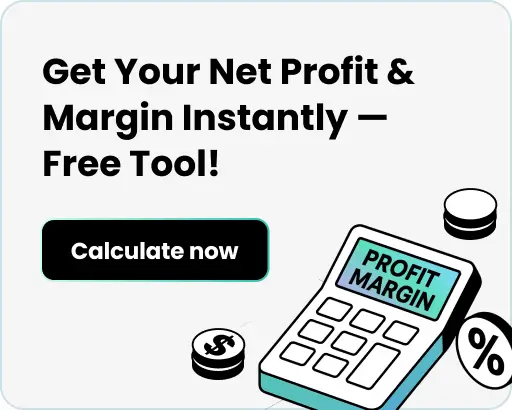



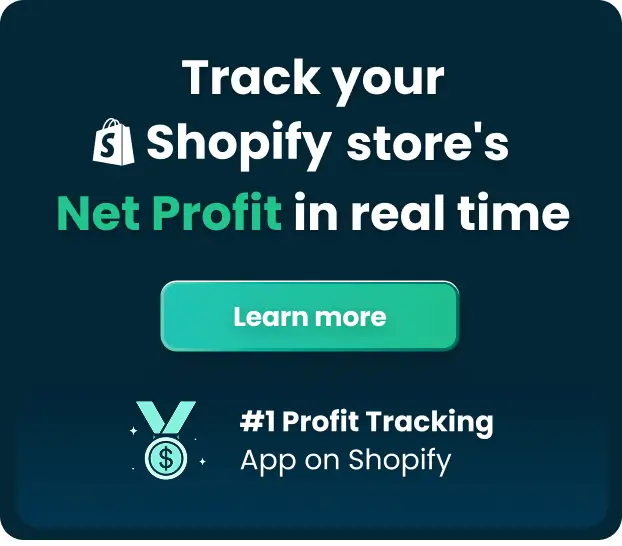
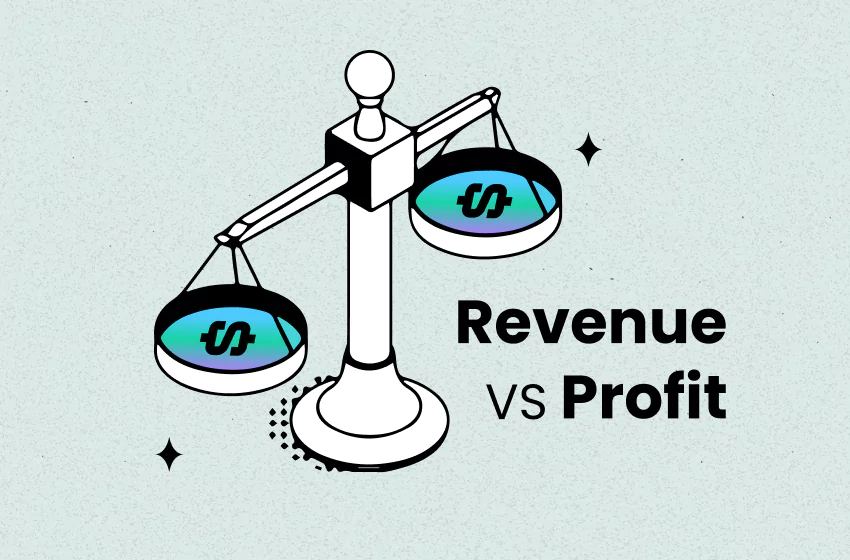
![Amazon Seller App: Everything You Should Know About [2025]](https://be.trueprofit.io/uploads/Amazon-Seller-App-1.png)
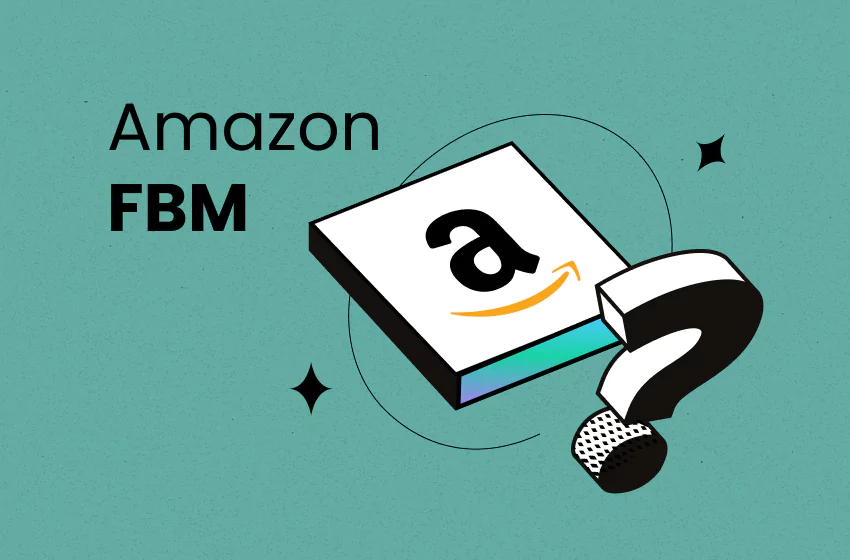
![How To Make Money On Amazon: 8 Battle-tested Ways [2025]](https://be.trueprofit.io/uploads/How-to-Make-Money-on-Amazon_-Strategies-for-Success.png)
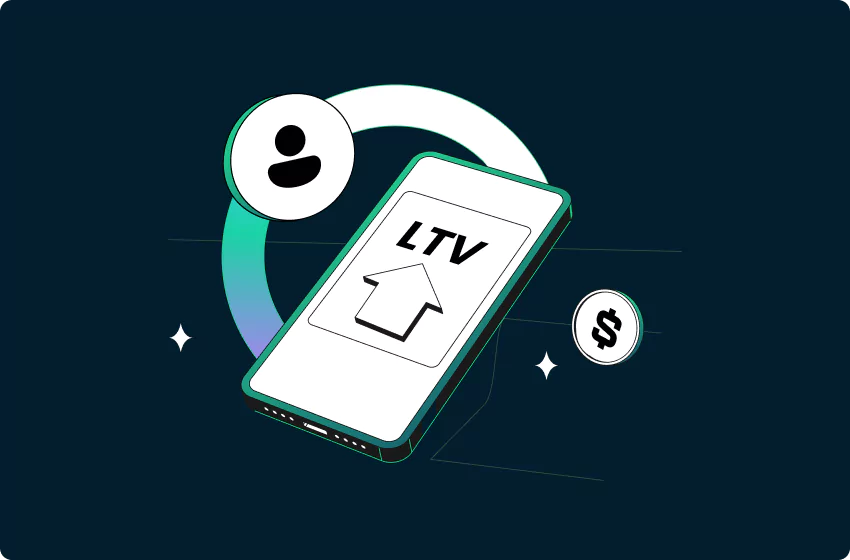
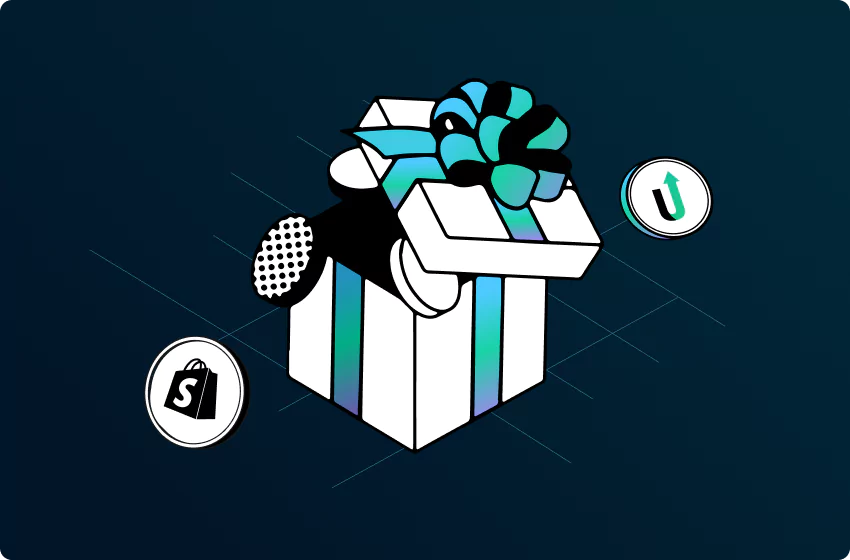
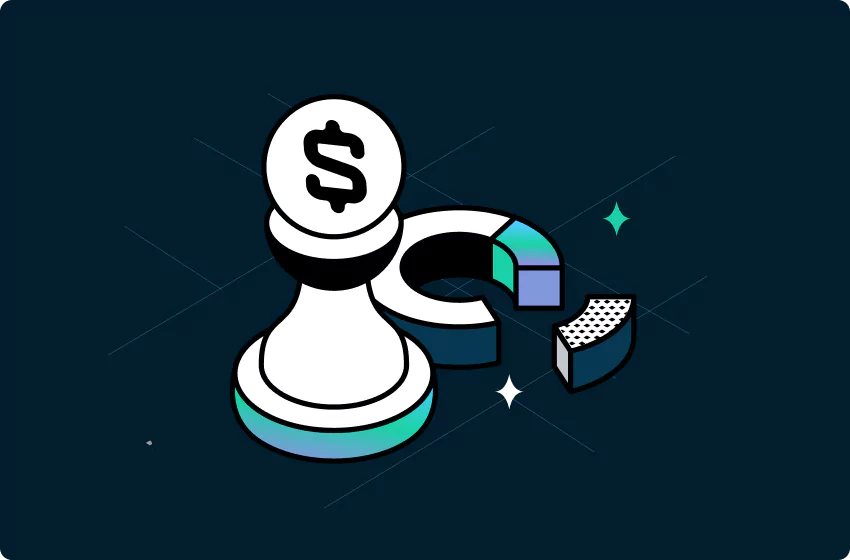
 Shopify profits
Shopify profits